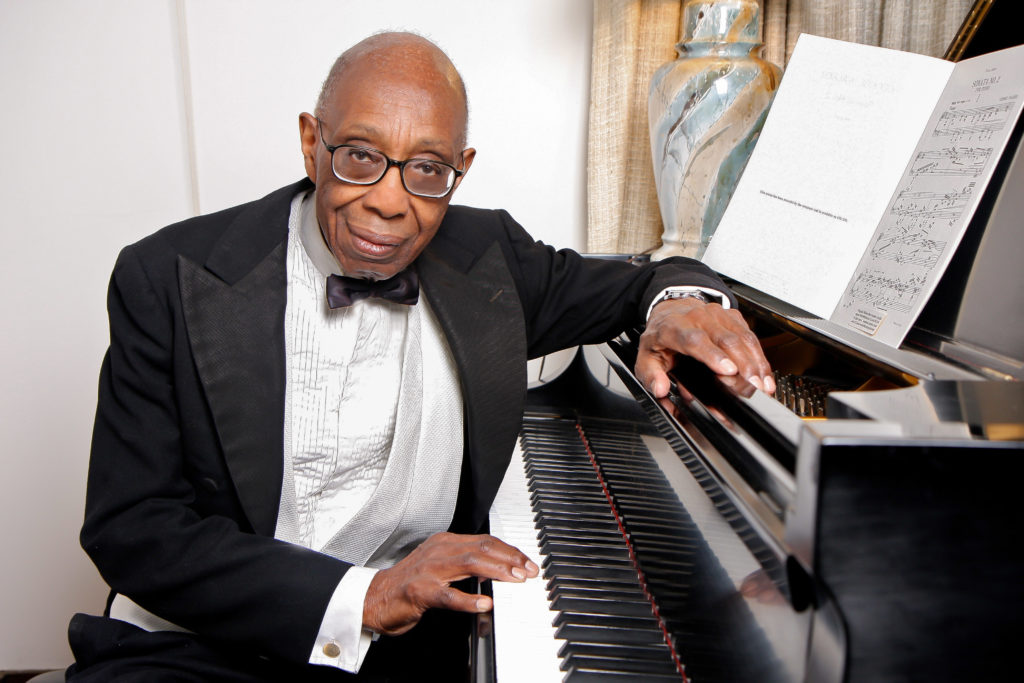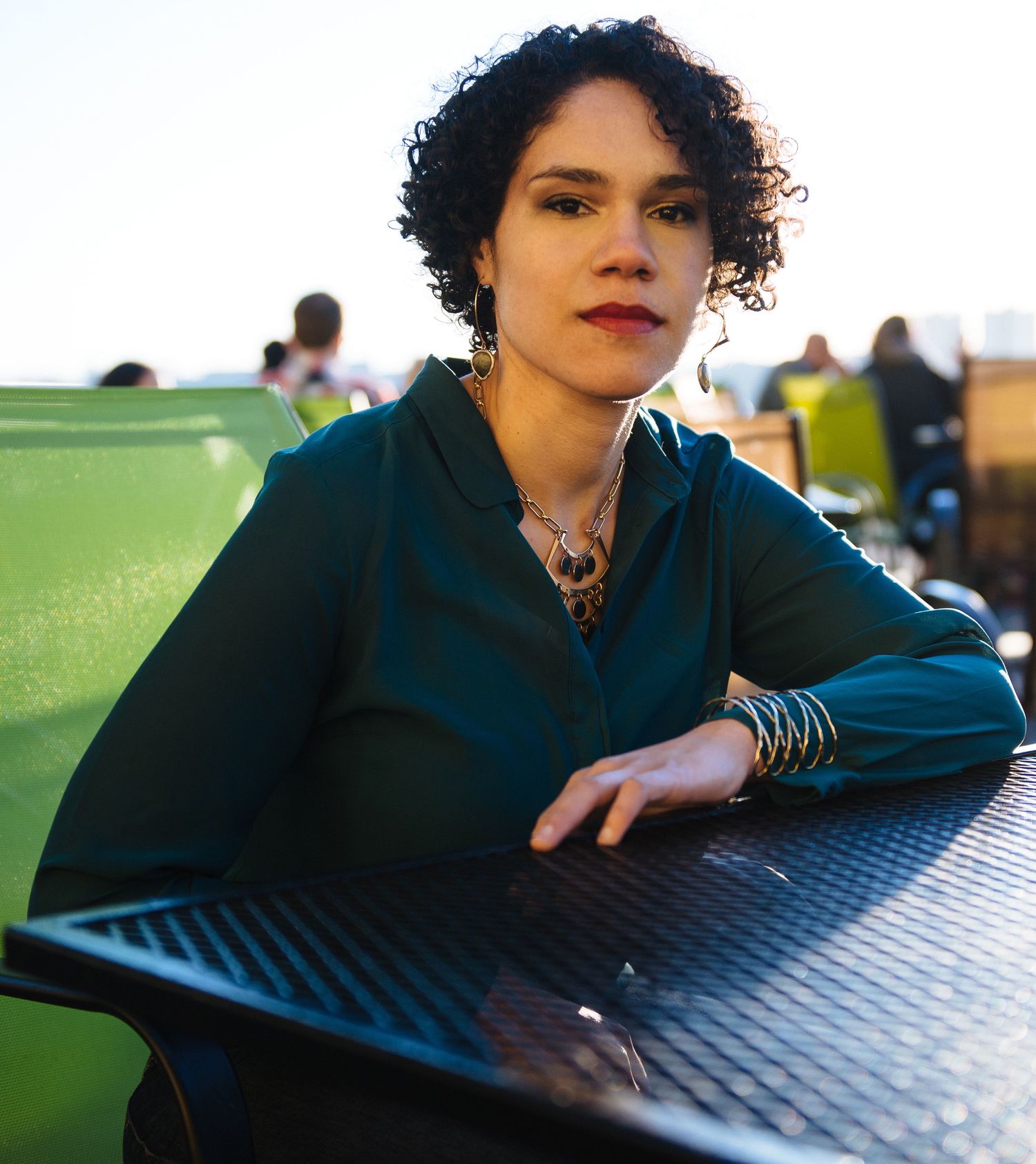Gateway Chamber Orchestra Presents:
Beethoven@250: Humanity in 2020
It is easy to forget that 2020 was supposed to be a celebration of Beethoven’s 250th birthday. Social unrest, contentious elections, and a global pandemic easily overshadow the events that many orchestras had been planning for years. During all this, performing arts groups have struggled to stay afloat financially. Numerous groups have switched to online concerts to stay relevant. Some, like the Berlin and Oslo Philharmonics, have been producing studio-quality concerts for years. Other groups seem like they have just discovered the internet. The latest concert from the Gateway Chamber Orchestra (GCO) was the group’s first foray into the digital space, but you would never be able to guess it because of its high production quality.
Founded in 2008, the Gateway Chamber Orchestra (GCO) has served the Middle Tennessee community with several classical music concerts each year. Led by Music Director Gregory Wolynec, the GCO regularly performs out of the Mabry Concert Hall at Austin Peay State University and The Franklin Theatre. The group has released a few records on the Delos and Summit Records labels. This digital concert, their first concert presented entirely online, is fittingly named “Beethoven@250: Humanity in 2020”. You can stream the concert on their website here: https://www.gatewaychamberorchestra.com
The video opens up with an introduction to the concert by Roberta Richardson, the President of the GCO Board of Directors. She gives a lovely primer on the history of the group, the COVID-19 induced situation that brought about this concert, and some background on the program’s first piece, Beethoven’s Coriolan Overture. Written in 1807 for Heinrich Joseph von Collin’s play about the Roman general Gaius Marcius Coriolanus, this overture is a staple of Beethoven’s oeuvre. The orchestra was all spaced six feet apart, with string players having their own stand. Every orchestra player was masked including, amusingly, the wind players, their reeds and mouthpieces poking through holes in their masks. Gregory Wolynec led the ensemble through the overture without a score in a blemish-free performance. There were a few timing issues that can be forgiven for the uncommon seating arrangement for the orchestra, but at the core this was a solid performance of a classic Beethovenian work.

After the Coriolan Overture, Dr. Michael Chandler, Head of Education and Outreach for the GCO, came onto the stage to talk about the GCO’s recent initiative to program music from underrepresented composers. This led into the next two pieces on the program: George Walker’s “Lyric for Strings” and Jessie Montgomery’s Starburst. Born in 1922 in Washington D.C., George Walker was a composer, organist, pianist, and teacher. In 1996 his piece Lilacs secured him the Pulitzer Prize for Music, which was the first time it was awarded to an African American. The Lyric for Strings is a six-minute work dedicated to Walker’s grandmother, who had escaped slavery. It is a slow, lush, and beautiful movement. Gregory Wolynec and the string section of the GCO really shone in this piece. Wolynec effortlessly stretched phrases to their endpoint and led the strings to a fantastic climax. The orchestra loosened up as well, the players moving as if in a chamber group instead of a larger orchestra. The effect is fantastic, and this piece became one of the highlights of the concert.

Afterwards, Roberta Richardson came back out to introduce Jessie Montgomery’s Starburst. Richardson mentioned how Montgomery was recently selected by the New York Philharmonic as one of their featured composers for Project 19, which highlights the centennial of the ratification of the 19th amendment. After the brief introduction the GCO took off with this short three-minute piece. Compositionally this piece was my favorite on the program, but the performance was a little weak. It is a fast, rhythmic, and technical work that tested the abilities of the GCO. In a program note to the piece, Montgomery wrote that this piece “is a play on imagery of rapidly changing musical colors. Exploding gestures are juxtaposed with gentle fleeting melodies in an attempt to create a multidimensional soundscape.” There is a joyful burst of fiery energy throughout the whole work. String harmonics shimmer out of thin air as heavy low strings ground the ensemble in a rhythmic pattern. Although the piece proved a challenge for the GCO, the character of the work still shone through.
After Starburst came a short intermission where Dr. Chandler first came out to talk about “Magical Music and Timeless Tales”, the new educational initiative undertaken by the GCO. Following that was a short somewhat-stiff conversation between Gregory Wolynec and Roberta Richardson about the COVID-19 precautions taken to ensure the safety of everyone in the orchestra, and how Beethoven’s works are the cornerstones of the modern orchestra repertory. Talking about the piece that will wrap up the concert, Beethoven’s 7th Symphony, Wolynec comments: “A symphony that I think, is just about perfect and it is so fitting for our theme of tragedy to triumph.”
Mounting the podium scoreless once again, Wolynec begins Beethoven’s symphony that is a celebration of rhythm and dance. From the first downbeat the GCO plays like a totally different ensemble from the first half. Nuances in the music come to the forefront, dynamics are clear and crisp, and the members of the orchestra play with increasing musicality. In a Beethoven symphony that has been presented countless times throughout the years it can be hard to find new ground in the piece, but the GCO unearth rich life in this 207-year-old piece.
The first movement’s introduction is noble and powerful, contrasting perfectly with the lighthearted vivace. The woodwinds steal the show in the first movement; brilliant playing by each member makes the piece as lively as ever. The second movement was dedicated to “All of the lives we lost in 2020” with the hope of brighter days to come. Wolynec starts the group off at a moderate pace and then does a fantastic job of backing off and letting the movement unfold on its own. Conductors, especially in this movement, can become too involved and bog down the music. In a symphony all about rhythm I appreciate when a conductor can lean into the rhythms and syncopations to really bring the piece to life.
The third movement was off to a rollicking start with the violins leading the way. Again, the GCO seemed right at home with this piece. They showed no discomfort at the quick tempo and were able to dance throughout. Even through a masked countenance, Wolynec encouraged the playfulness through eye contact and smiles. I couldn’t help but smiling as well throughout this whole movement. The last movement marked “Allegro con brio” could have used a little more ‘brio’ in my opinion; after all of the sparkling playing in the first three movements this finale should be the race to the end. At intermission, Wolynec called this piece “just about perfect” and made it evident through his clear interpretation and smooth music making. The GCO excelled in this work even through the difficulties of sitting spaced apart and playing through masks.
Overall, Beethoven@250: Humanity in 2020 is a great showing for the GCO. The playing in the first half was a tad lackluster, but the second half left little to be desired. Special mention should be given to the media team that produced this concert. High quality audio captured the sense of being live in the room and multiple camera angles were sure to catch all of the action. I salute any organization that can put on a concert during these times, and especially a concert of such high quality as this one. If you enjoy these concerts and enjoy the performing arts then I would highly recommend supporting organizations like this one.



